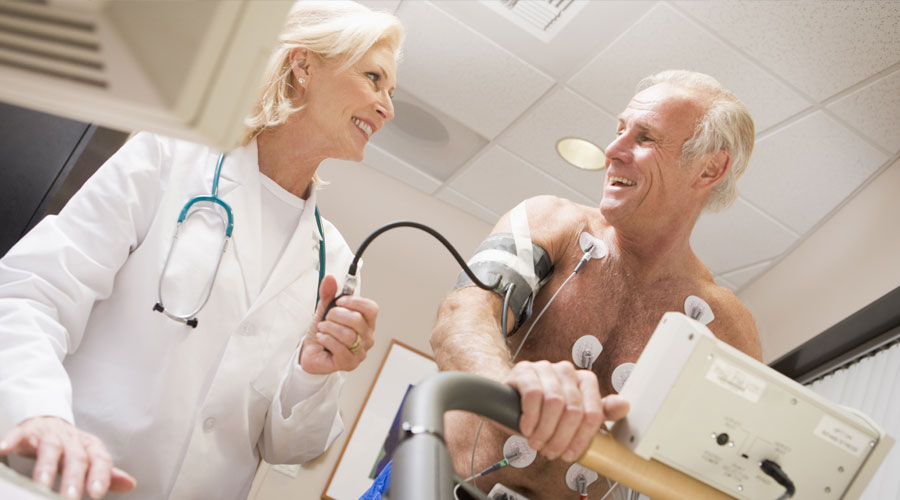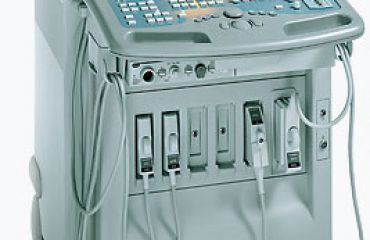
A nuclear stress test uses a small amount of radioactive substance to determine the health of the heart and blood flow to the heart.
The test aims to find out whether any areas of the heart muscle are not receiving enough blood flow during exercise. It is also known at the thallium stress test, a myocardial perfusion scan, or a radionuclide test. The test can be done while the patient is resting or doing exercise. Although the patient is exposed to a small amount of radiation, the test is safe and takes about 3 to 4 hours.
Benefits
The nuclear stress test can help to diagnose a heart condition by giving vital information. This data includes:
- the size of the heart chambers
- how well the heart is pumping blood
- whether there is any damage to the heart
- if there is any blockage or narrowing of the coronary arteries that provide blood to the heart
- the effectiveness of any current treatment.
The test can also help determine whether the patient is suitable for a cardiac rehabilitation program, and if so, how hard they should exercise.
Nuclear stress test with exercise
In the nuclear stress test with exercise, a radionuclide, such as thallium or technetium, is injected into a vein in the hand or arm. When the radionuclide has circulated through the bloodstream, a gamma camera takes pictures of the heart while the patient is lying down. This is known as the “rest scan” of the heart.
The patient then moves onto a treadmill. The treadmill starts slowly and gradually picks up speed and incline, to simulate walking or running uphill. At peak exercise, more radionuclide is injected into the patient. When the radionuclide has passed through the bloodstream, the gamma camera takes more pictures of the heart. This is known as the “stress scan” of the heart.
The radionuclide helps to identify blocked or partially blocked arteries on the scans because blocked arteries do not absorb the radionuclide into the heart. They are known as “cold spots.”
Without exercise
Patients with severe arthritis may be unable to do the physical activity required in a test with exercise. These patients may do the chemical nuclear stress test. In a chemical stress test, the patient receives medications that either speed up the heart rate or dilate the arteries. The body responds in a similar way it would to exercise. A radionuclide is injected into the patient’s arm or hand while resting. When it has circulated through the bloodstream, a gamma camera takes pictures of the heart, while the patient is lying down motionless. As in the test with exercise, this is also known as the “rest scan” of the heart.
The doctor then administers medication to either speed up the heart rate or dilate the arteries. When the peak heart rate is reached, the patient is injected again with a radionuclide. When it has circulated throughout the bloodstream, the gamma camera takes more pictures. This phase of the procedure is called the “stress scan” of the heart.
As in the stress test with exercise, blocked or partly blocked arteries will show up as “cold spots.”




